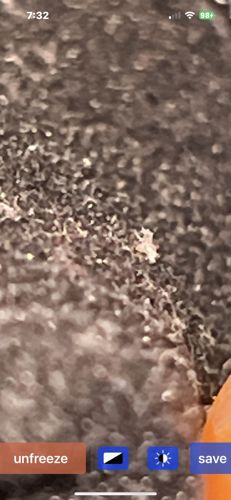Snowflake
Scientific Name: N/A (Snowflakes are not living organisms)
Order & Family: N/A (Snowflakes are not insects or living organisms)
Size: Typically from a few millimeters to several centimeters in diameter, though most are quite small.

Natural Habitat
Atmosphere, falling to the Earth's surface in cold climates. They accumulate on surfaces like ground, trees, and man-made structures during winter.
Diet & Feeding
N/A (Snowflakes are not living organisms)
Behavior Patterns
Snowflakes form in clouds when water vapor freezes around a tiny particle, forming an ice crystal. They grow as they fall through the cloud, collecting additional water vapor or colliding with water droplets that freeze onto their surface. The complex and unique shapes of snowflakes are influenced by temperature, humidity, and atmospheric pressure conditions during their formation and descent.
Risks & Benefits
Benefits: Essential component of the water cycle, contributing to freshwater resources when they melt. Snowfall insulates the ground, protecting plants and animals from extreme cold. Provides opportunities for winter recreation. Risks: Heavy snowfall can lead to hazardous driving conditions, power outages, and property damage. Melting snow can contribute to flooding.
Identified on: 8/27/2025